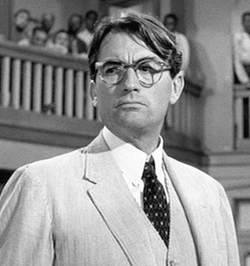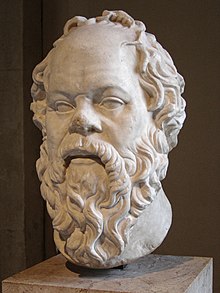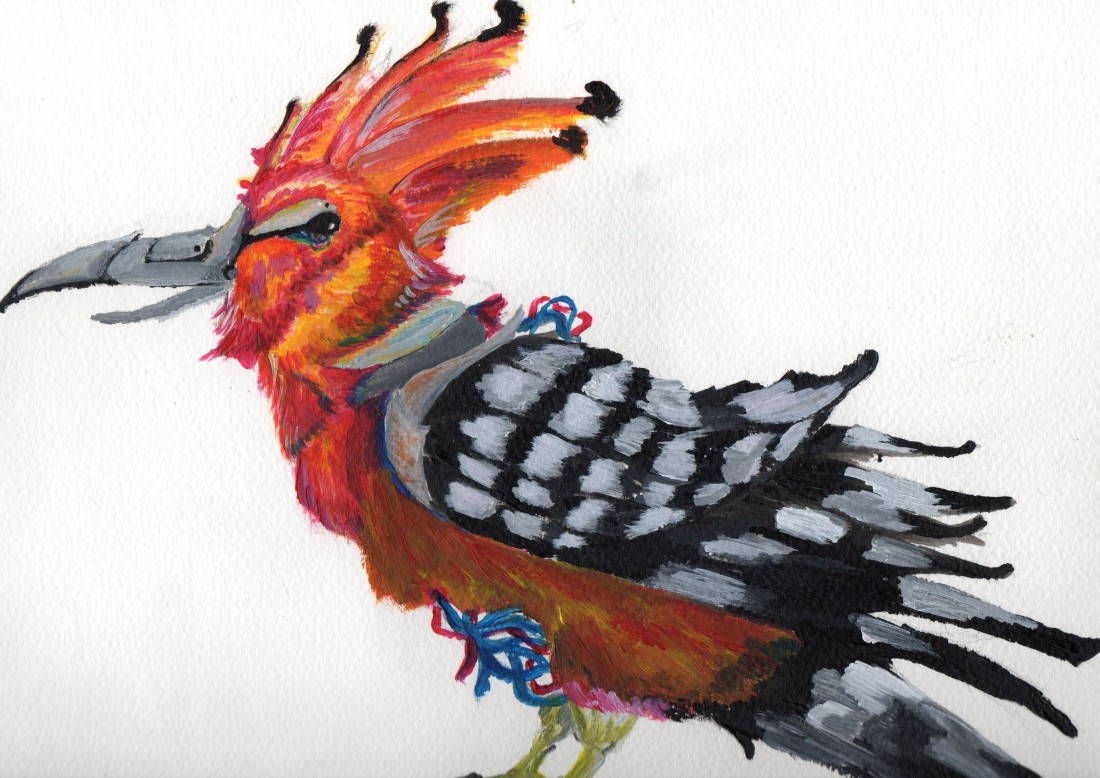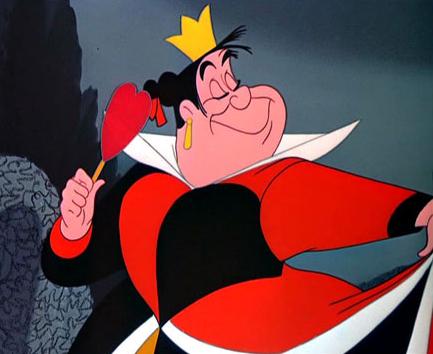
My English class was recently assigned to listen to a podcast featuring host Don Wettrick and guest Joshua Medcalf. Both men are bright-minded entrepreneurs with some insightful opinions on the current education system.
Throughout the discussion, Metcalf points out three major flaws in today’s schooling:
- Autonomy
- Points and Degrees
- Post-School Preparation
Autonomy

Most school environments provide students with little to no autonomy, or freedom to teach themselves. Medcalf believes that the best way to find success is by yourself. Every student has unique strengths, weaknesses, passions, and beliefs that should drive him/her to find the success within.
The education system does not encourage natural individuality, instead opting for a simple one-size-fits-all program. From a business standpoint, this is the cheapest, easiest way to pump out workers and keep a stable, growing economy. But from a worker’s standpoint, it’s not that simple. Standardization leaves many individuals to grow up depressed and uninspired, not satisfied with their livelihoods.
This loss of inspiration starts early on in life. Everyone has creativity and wonder embedded in themselves when they are born. Medcalf says that if you walk into a first grade classroom and ask who is an artist, you’ll be answered with a sea of young hands. But if you do the same in a second grade classroom, you’ll find only a small few drops of confident creativity left. Children are easily impressionable and the constant reinforcement of “be quiet” and “you’re wrong and I’m right” encourages uniformity.
The biggest problem with a lack of autonomy is its bi-products. Instead of the education system nourishing young minds and setting them up to become innovative, self-fulfilling individuals, it is hiding humanity in a sleek, metallic case that is to become part of a larger machine. This may have worked great in the industrial revolution, but we now have the technology to make these machines much cheaper and more efficiently without expending the livelihoods of the people. It’s time that society ditches the old, rigid system and moves on to a more colorful, flexible one.
Points and Degrees

One of the most powerful ways that the school system enforces uniformity is through points and degrees. It seems to be the only thing that anyone cares about, students and teachers alike. This is what all curriculum revolves around:
You cram for this quiz so you know what you need to ace the practice test to prepare for the big final exam, all for what? In the pursuit of knowledge and intelligence? No. For the self-fulfillment of overcoming a challenging obstacle? Of course not! It’s all for the POINTS!!!
This materialistic outlook is not unique to academics either. People are more likely to choose a higher-paying job that is less interesting to them than a lower-paying job that they are more passionate about. Hardly anyone will buy a book or watch a movie unless it was produced by a popular company. Most people will choose name brand over store brand although the products are practically the same. In today’s world, extrinsic value is much more important than it should be.
So what is the big problem with this? Two words… or one… I don’t really know: Self-fulfillment.
In the podcast, Medcalf explains that self-fulfillment comes from going out and facing adversity. There is nothing more satisfying in life than identifying a problem and working hard to find a solution. The education system discourages working hard by objectifying the problems it proposes.
For example, if the goal of a project is originally “research the inner workings of a developing country to help gain a general understanding of the socioeconomic status of most of the world”, school boils the goal down to “write a short paper on Mexico for one hundred points”. When students are told to work for an extrinsic goal such as points, they are much more likely to do the bare minimum requirement for the most credit, instead of pushing themselves as learners. I myself am evidence of that (except for this blog which I spend too much time writing).
The problem with doing the bare minimum is that once you get your points, all the information and any ounce of interest you had for the project leaves your head to be replaced with another surface-level assignment. What was the point in the first place?
Post-School Preparation?
Simply put, there is none. Both Medcalf and Wettrick touch on this issue throughout the podcast. I might not know how to write a check, but I do know that the mitochondria is the powerhouse of the cell! Education does not do a good job at sending students out into the “real world”; it should be a concern that people don’t consider school as part of the “real world” in the first place.
One of my favorite statements that Medcalf makes during the podcast is that school provides knowledge but not experience. In order to truly master a subject, you must have both. Because students just have knowledge, they go out into the “real world” with the idea that they already have what they need. This is not the case. Doing something has much more weight than knowing something.
For instance, you can know that eating right and exercising will help you lose weight, but that does not mean you will choose act upon your knowledge. It is much more complicated than “eating right” and “exercising”; you have to have experience to understand what diet and exercise plan works best for you. The one-size-fits-all education system makes people believe that one size does fit all, but this is hardly ever true. Nonetheless, school will never tell you that little tidbit.
No number of degrees will pay for student loans up front, either. Medcalf argues that college is a useful tool for some while serving as a trap for others. People will say “go to college and then follow your dreams” but how are you going to follow your dreams working twelve hours a day to give enough money back to your parents so they aren’t breathing down your neck? Needless to say, colleges will not hold your hand on the way out.

A Word On Failure
Most people, whether they admit it or not, are terrified of failure.
Why? Medcalf describes this issue as a “disease of perfectionism”; many people’s idols – movie stars, musicians, athletes, models – are depicted as flawless. People look at their heroes, and then look at themselves, and think “I could never be that perfect, so why try?”
Medcalf argues that trial and error is the only way to reach your idea of perfection. Hardly any artist composes a masterpiece on their first try. Failure is inevitable, as with failure comes experience.
People fear failing because they look at it in a negative connotation. All they’ll get out of failure is humiliation. In reality, failure is a vital part of the learning process. If you overcome an obstacle without any trouble, you did not learn or gain anything from the experience. If that was the case, everyone would be a genius just because he/she can breathe, something no simple rock or pile of dung could ever hope to do.
Because people fear failure, they will look to the small, short-term successes. in this day and age, successes like listening to a song, receiving likes on a picture, upgrading your barbarians to level five, or even watching pornography are chosen over long-term goals all the time. Next thing you know, all of your free time is spent, and what do you have to show for it?

I believe that failure should be incorporated into the school system. If classes provided us students with the freedom to fail, I would consider it a gift. With failure comes wisdom, appreciation, and growth. If provided with free time in school, I would take advantage of it to improve my writing and drawing because a more artsy job sounds way better than years in a cubicle.
Over the course of the podcast, Medcalf establishes two basic ways to live: you can either skim through life or dive deep.
My Opinion
Although I’ve praised Medcalf’s ideas for about a thousand words now, they are a bit frightening. Many of the problems identified do not have a satisfying solution yet:
What will replace standardized tests? How would companies hire without degrees? What if many students refused to take advantage of the new system? How can schools better prepare students for the road ahead? How much should schools provide and how much should be left to the students to work out themselves? Needless to say, it is still going to take a great amount of hard work and ingenuity to find answers.
Another important piece of the puzzle is voice. In order to create such a movement to do school different, you need as many people as you can backing you up. Many people might believe in your cause, but are not willing to help spread it because they do not wish to sacrifice their well-being. Medcalf brings this up in his discussion with Wettrick. He is frustrated that Gandhi and M.L.K. risked their lives for their cause and some of his coworkers refuse to give up their job.

It is hard to persuade the masses to go off the beaten path. It is so much easier to just distract yourself from your problems. Hell, before I started writing this post, I played two games of Bloons Tower Defense 5.
Aside from these issues, Medcalf’s ideas are inspirational. With enough passionate minds willing to do whatever it takes, anything is possible. If the Do School Different movement is a success and the tyrannical SAT is overthrown by something new, it could change the world in a great way.
Imagine a world where nobody sulks through their workdays, instead living out their wildest dreams,
A world where people are willing to take risks, accepting failure as part of their journey,
Where everyone parties through life, embracing each issue as a new opportunity…
…Okay now I am just describing a utopia. But you get the point. Of course, education reform would not rewire everyone’s outlook of the world, but it would lead us in the right direction.
Conclusion
I appreciated this podcast. Josh and Don reminded me to turn off Safe Street and ride through Risky Road instead. It is much more satisfying to live life on hard mode than to blend in with everyone who simply goes with the flow. Who care’s what people think? Just go out and have fun doing whatever you do! Take what you truly love and explore it. Delve deeper. Don’t stop until you’re satisfied (that’s why this blog is almost three times the assigned length). LIVE!
Okay I think I’m done now. Thanks for reading until the end. Bye.
– Third-Eyed Robot




/northern-mockingbird-58a6daec5f9b58a3c9160fb3.jpg)



















